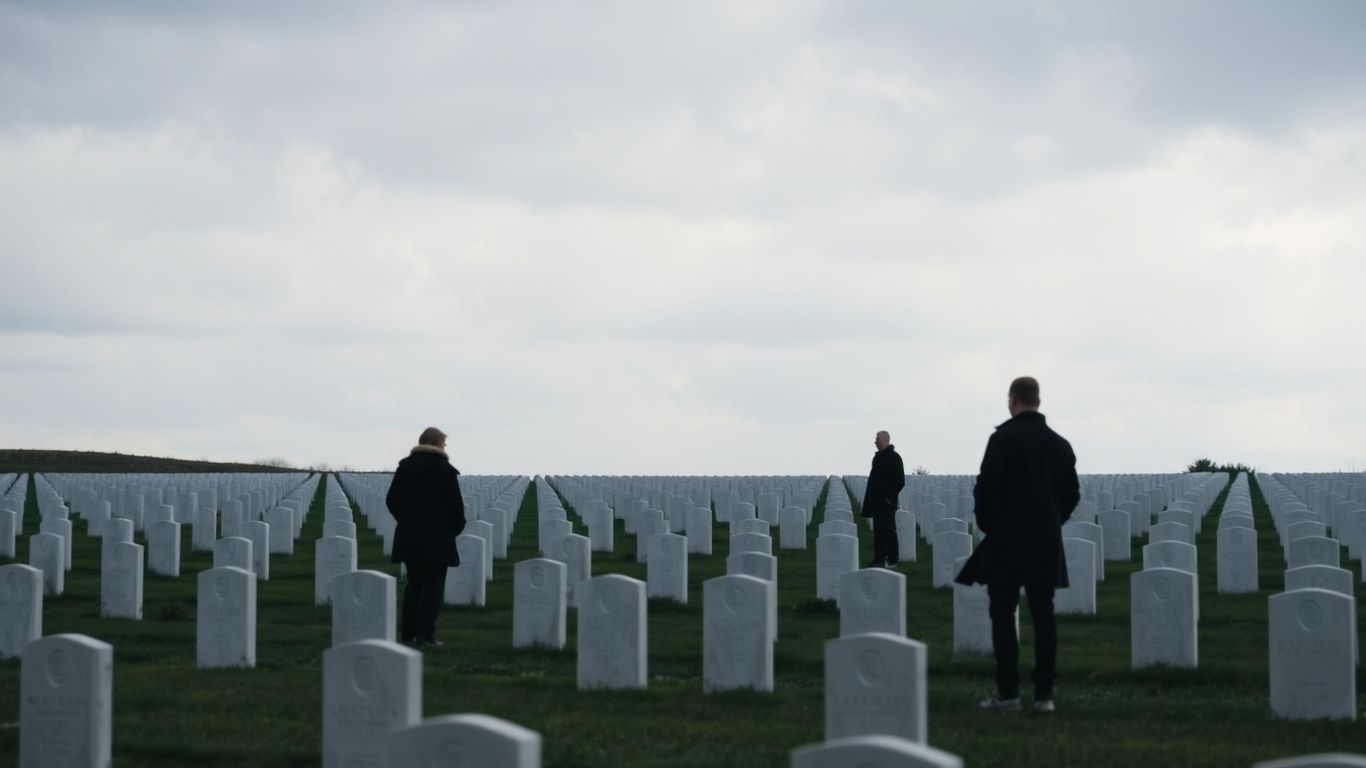The 30th anniversary of the Srebrenica massacre was marked with somber remembrance ceremonies and renewed calls for justice. On July 11, 1995, Bosnian Serb forces killed over 8,300 Bosniak men and boys in what is recognized as Europe’s worst atrocity since World War II. This year’s commemorations highlighted the ongoing pursuit of truth and the fight against denial.
Key Takeaways
- Thousands participated in a peace march retracing the escape route of victims.
- International bodies and survivors emphasized the need to counter genocide denial and glorify convicted war criminals.
- The ongoing search for over 1,000 missing individuals continues to cause pain for families.
- Education remains a battleground, with differing historical narratives taught across Bosnia and Herzegovina.
A Day of Reflection and Remembrance
On July 11, the International Day of Reflection and Commemoration of the 1995 Genocide in Srebrenica, thousands gathered to honor the victims. A poignant 100-kilometer peace march through eastern Bosnia retraced the path taken by men and boys who were massacred while trying to flee the U.N.-protected safe area after its capture by Bosnian Serb forces. Survivors and their families shared their enduring pain and their commitment to seeking truth and justice.
The Fight Against Denial and for Justice
Despite convictions of key perpetrators like Ratko Mladić and Radovan Karadžić, the anniversary is marred by ongoing efforts to deny the genocide and glorify those convicted of war crimes. Amnesty International highlighted that nearly 1,000 people presumed killed in Srebrenica remain missing, leaving families without closure. U.N. Secretary-General António Guterres acknowledged the international community’s failure to protect Srebrenica’s population and urged member nations to combat hate speech, discrimination, and the glorification of war criminals.
The Battle for Memory in Education
The legacy of the Srebrenica massacre is also being contested in educational settings. In Bosnia and Herzegovina, differing historical narratives are taught in various regions, with some textbooks portraying convicted war criminals as heroes and omitting or downplaying the genocide. This fragmentation of history fuels mistrust between ethnic groups and hinders reconciliation. Efforts are underway by organizations like the Balkan Investigative Reporting Network (BIRN) to provide a more comprehensive and fact-based historical account for students.
Ongoing Search and Memorialization
The Srebrenica Memorial Center in Potočari continues to be a site of remembrance, where newly identified victims are reburied annually. However, heightened security concerns have impacted operations, underscoring the fragility of the post-war peace. Despite these challenges, initiatives like the House of Good Tones in Srebrenica use music and the arts to foster dialogue and reconciliation among young people, offering a hopeful counter-narrative to the divisions of the past.
Key Takeaways
- Srebrenica Doomed: 30 Years After the Genocide in Bosnia, American Foreign Service Association.
- Bosnia and Herzegovina: 30th anniversary of Srebrenica massacre “a painful reminder from history”, Amnesty International.
- Thousands march in Bosnia for 30th anniversary of Srebrenica massacre, AP News.
- Srebrenica, 30 Years Later: The Battle for Memory in Bosnia-Herzegovina, New Lines Magazine.






